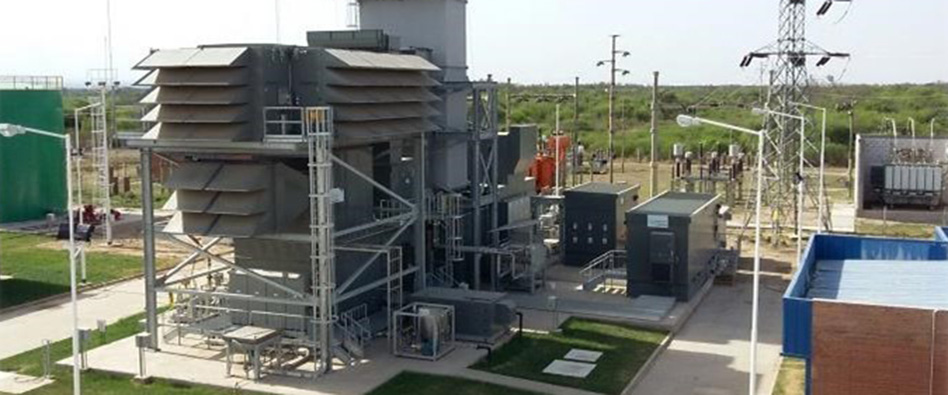

Project 2015A is a 55 megawatt Capacity Reliability Resource, to be constructed in Peabody on a site shared with the Peabody Municipal Light Plant. Marblehead Electric is a project participant, and Marblehead customers will share the benefits.
This vital project will help MMLD meet mandated, required capacity and energy obligations, per the rules of ISO New England, our regional transmission organization.
MMWEC (the Massachusetts Municipal Wholesale Electric Company) is spearheading this important project. 2015A will increase electric capacity during peak load times to prevent brownouts and blackouts for our customers (such as what happened in Texas last winter). MMWEC has created a Project 2015A webpage with many more facts about the project, including:
View all the PDF documents below to better understand Project 2015A.
NOTE: The Project 2015A Briefing PDF Document by MMLD's GM (including some new, addtional slides for clarity and detail) from the MMLD Board/Public Information Meeting on June 17, 2021 is now posted.
We especially encourage you to read selected pages from the Commonwealth of Massachusetts 2050 Decarbonization Roadmap PDF.
See the highlighted text on Pages 60-66, regarding the need for reliability in our energy supply, and the need for natural gas plants to play an important role in providing that reliability now, through to the year 2050 and beyond.
Pages 62-63: “Two Days in February 2050” speaks directly to the reliability role natural gas plants will need to play now through 2050 and beyond. The Roadmap highlights a known New England winter weather pattern of no wind, as in the Feb 16, 2050 example, that can “die down for as many as 36 hours at a time". IMHO this page rather thoroughly debunks the assertions made by plant opponents that Project 2015A will be an obsolete resource in 2050.
Pages 60 and 65 mention the use of green hydrogen as a new fuel source that can help us meet our state’s clean energy objectives. Project 2015A will be able to run on green hydrogen, so we support and encourage the state to make that pathway a reality.
Page 64 states that without natural gas our reliance on solar PV and battery storage to provide comparable reliability would cost ratepayers 15% more and potentially consume 3% of the state's land area with solar PV arrays.
On Page 66 the Energy Pathway Report asserts that natural gas plants in the energy market (running at 50% of the time) will be content to serve in a capacity market role (running at 5% of the time.) Given the majority of natural gas plants in New England are privately-owned, for-profit corporations, the risk of untimely plant closings is a very real risk to system reliability in Mass and New England. We believe Project 2015A will be financially economical while running only 2.5% of the time, so it will be an essential resource if early closings of natural gas plants becomes a reality. The positive economics of Project 2015A to MLDs is based on the fact that the MLDs own the plant resource, so we can use the plant’s capacity to self-supply our capacity supply obligations.
Page 66 also compares natural gas plants to utility scale battery systems, stating "while breakthroughs in long duration battery storage technologies could replace the need for retaining thermal capacity for reliability, the technology has yet to be proven at scale…” and “Forcing the retirement of all thermal (i.e. natural gas) capacity…represents an unnecessary operational risk to the regional energy system that is likely to ultimately result in higher costs for consumers and higher economic impact".
*"Project 2015A Cost Estimate" is a PDF file (1) listing the 14 municipal light departments participating in the project, (2) the capital costs for the project. and (3) the lower CO2 emission level expected by the plant, versus the emissions rate of comparable plants now in the ISO Capacity market. (expected to be lower than 92% of the comparable plants now in the capacity market).